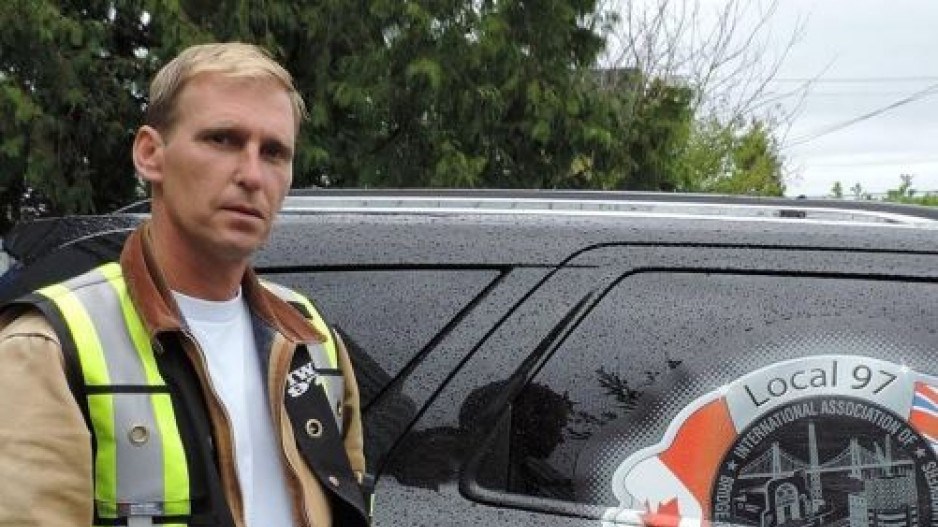LMS Reinforcing Steel Group president and chief operating officer Norm Streu’s rhetoric is hard to swallow in his recent commentary for Business in Vancouver on the provincial government’s new Community Benefits Agreement (CBA) construction framework.
While Streu concedes support for the basic principles of CBAs, and specifically “the idea that public money on construction projects should benefit the community, and especially disadvantaged members of that community, certainly sounds right,” he objects to workers having to join one of the Building Trades unions.
The truth is, any contractor – union or non-union – can bid and be successful under a CBA, and in fact research suggests that workforce agreements like CBAs increase bid competitiveness. The transparency of the collective agreement makes for more competitive bids (good for taxpayers) and allows all workers to receive the same wage for the same work at the same level. Union membership also allows access to a skilled labour supply from British Columbia and across Canada. For example, the average number of bids increased from 3.7 to five on the Vancouver Island Highway Project, which was built under a Project Labour Agreement, which is the predecessor to Community Benefits Agreements. And the general contractor on that project was JJM, which is not certified by a BC Building Trades union.
Streu also refers to CBAs costing “vast additional sums.” The implication is that projects without CBAs somehow meet budget. Not so. The Port Mann wasn’t built with a CBA and it went 41 per cent over budget. The South Fraser Perimeter Road? No CBA, and it went 42 per cent over budget. And the Vancouver Convention Centre was budgeted at $495 million but ended up costing $841 million, a whopping 70 per cent increase. No CBA there, either.
CBAs allow the government to set targets for hiring apprentices, Indigenous workers, women in trades and local residents. Previous projects are proof that these types of agreements work. For example, 25 per cent of the workforce on the Kitimat Modernization Project were apprentices, which happens to be the same target ratio under the new CBA. Compare that to Site C, where, in May 2017 under the previous Liberal government, less than two per cent of the workforce were apprentices.
And on the Vancouver Island Highway Project, also built under a PLA, 11 per cent of workers were Indigenous and eight per cent were women.
Traditional trade unions offer real apprenticeships, formal trades training, higher wages, better benefits, and a meaningful retirement package. In addition, this CBA explicitly states the need to incorporate underrepresented groups, and as we have made clear, there is a long and proud tradition within Local 97 of this taking place.
And by the way, Ironworkers Local 97 publicly supported the BC Liberals in the last provincial election. The NDP government has implemented CBAs because CBAs work. And so do we.
Doug Parton is the business manager for Ironworkers Local 97.
Norm Streu's commentary, published February 7: Community benefits agreements are an NDP lie




